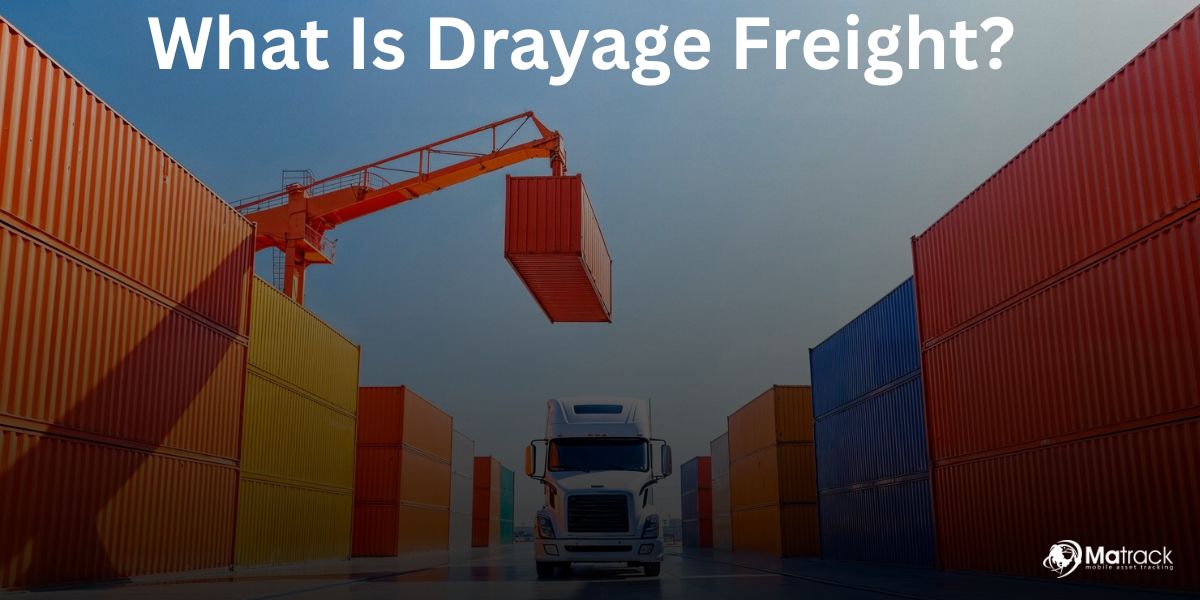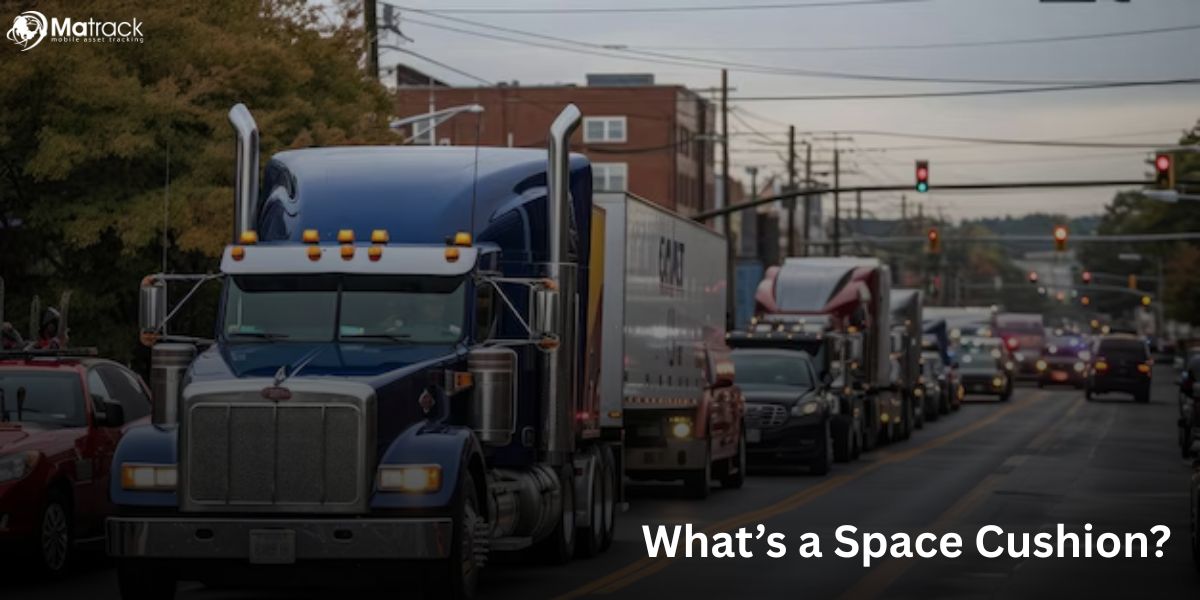Key Takeaways:
- Drayage freight plays a crucial role in connecting ocean shipping with inland transport by handling short-distance container moves.
- Different types of drayage services manage container transfers based on location, urgency, and transport mode.
- The overall cost of drayage depends on transport fees, fuel rates, equipment usage, and time-related charges.
- While drayage improves supply chain efficiency, it often faces delays caused by congestion, shortages, and strict regulations.
What Is Drayage Freight?
Drayage freight moves shipping containers over short distances, typically from ports to nearby warehouses or rail yards. It plays a key role in bridging global shipping with local delivery systems.
It acts as the connector that allows cargo to shift between long-haul modes like ocean freight and inland transport by truck or train. Whether it’s the first step after a container arrives or the final handoff before delivery, drayage keeps the logistics chain moving.
What Are The Different Types Of Drayage Services?
Drayage services are categorized based on how and where containers are moved during transport. Each type plays a specific role in helping goods shift smoothly between carriers or terminals.
Port Drayage
Port drayage handles the movement of containers from a ship to a nearby facility. This often happens right after unloading to clear space for incoming cargo.
It typically involves short distances within the same port region. Quick transfers help avoid delays in vessel scheduling and yard congestion.
Rail Drayage
Rail drayage connects containers between rail yards and nearby distribution centers or ports. It’s a key part of intermodal logistics where timing directly affects the next stage.
Trucks involved in rail drayage must often meet tight loading or unloading windows. Delays at this step can hold up long-distance shipments.
Inter-Carrier Drayage
Inter-carrier drayage moves containers between different transportation providers. This usually happens when cargo shifts from a rail carrier to a trucking company.
It keeps freight moving when one mode hands off to another. Accurate coordination between carriers is essential for avoiding disruption.
Intra-Carrier Drayage
Intra-carrier drayage moves containers within the same company’s network. This may involve transporting cargo between two terminals owned by the same operator.
It helps position containers where they’re needed for future dispatch or reloading. These moves support internal scheduling and fleet balance.
Expedited Drayage
Expedited drayage is used for containers that need fast delivery. It’s chosen when time is a higher priority than cost.
Shippers rely on this service for high-value or time-sensitive goods. Dedicated drivers and quick turnaround are standard in these moves.
Door Drayage
Door drayage involves direct delivery from a terminal to the final destination. It eliminates extra stops and reduces handling.
This is useful for businesses that want a single move from port to facility. It simplifies the process and speeds up the final leg.
Cost Breakdown Of Drayage Freight Services
- Base Transportation Fee: Core charge for moving the container from origin to destination within a defined radius.
- Fuel Surcharge: Additional cost based on current diesel prices, applied per mile or per trip.
- Chassis Usage Fee: Cost for using the trailer frame that holds the container, either owned or rented.
- Pier Pass or Terminal Fee: Charges applied for accessing busy ports, especially during peak hours.
- Detention Charges: Fees incurred when a container or driver is held beyond the agreed free time.
- Demurrage Charges: Penalty for containers left too long at the port or terminal without pickup.
- Toll and Access Fees: Charges for road tolls, terminal gates, or secure access zones.
- Driver Wait Time Fees: Costs added when drivers wait at terminals due to congestion or delays.
- Empty Return Fee: Charges for returning empty containers to terminals, especially outside normal hours.
- Expedited Delivery Surcharge: Premium applied for urgent or same-day container deliveries.
What Are The Importance And Challenges In Drayage Freight?
| Importance | Challenges |
| Connects long-haul transport with local distribution | Port and yard congestion |
| Reduces congestion at ports and terminals | Driver and chassis shortages |
| Enables smooth intermodal transitions | High fuel and equipment costs |
| Supports time-sensitive deliveries | Emission regulations in urban zones |
| Improves supply chain responsiveness | Scheduling and coordination delays |



